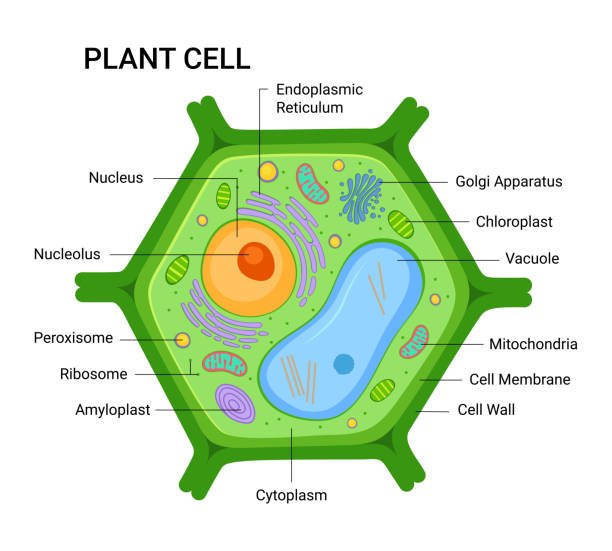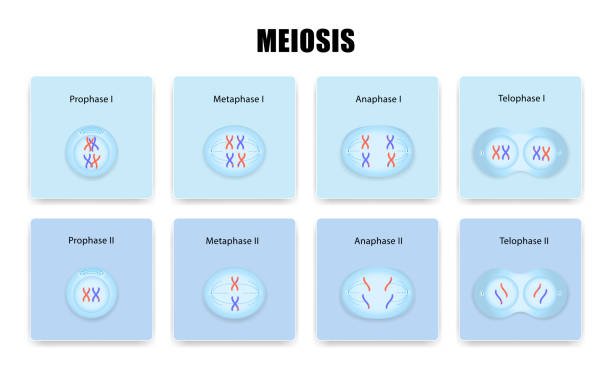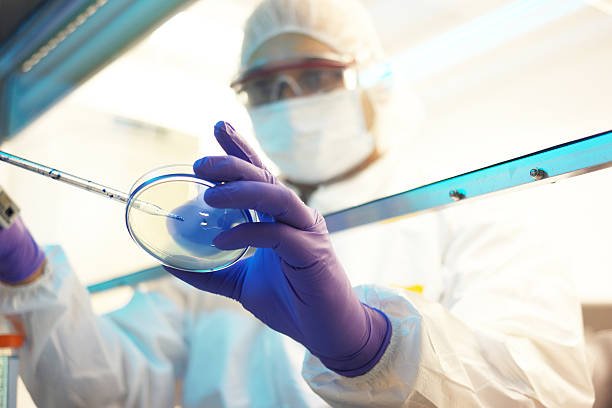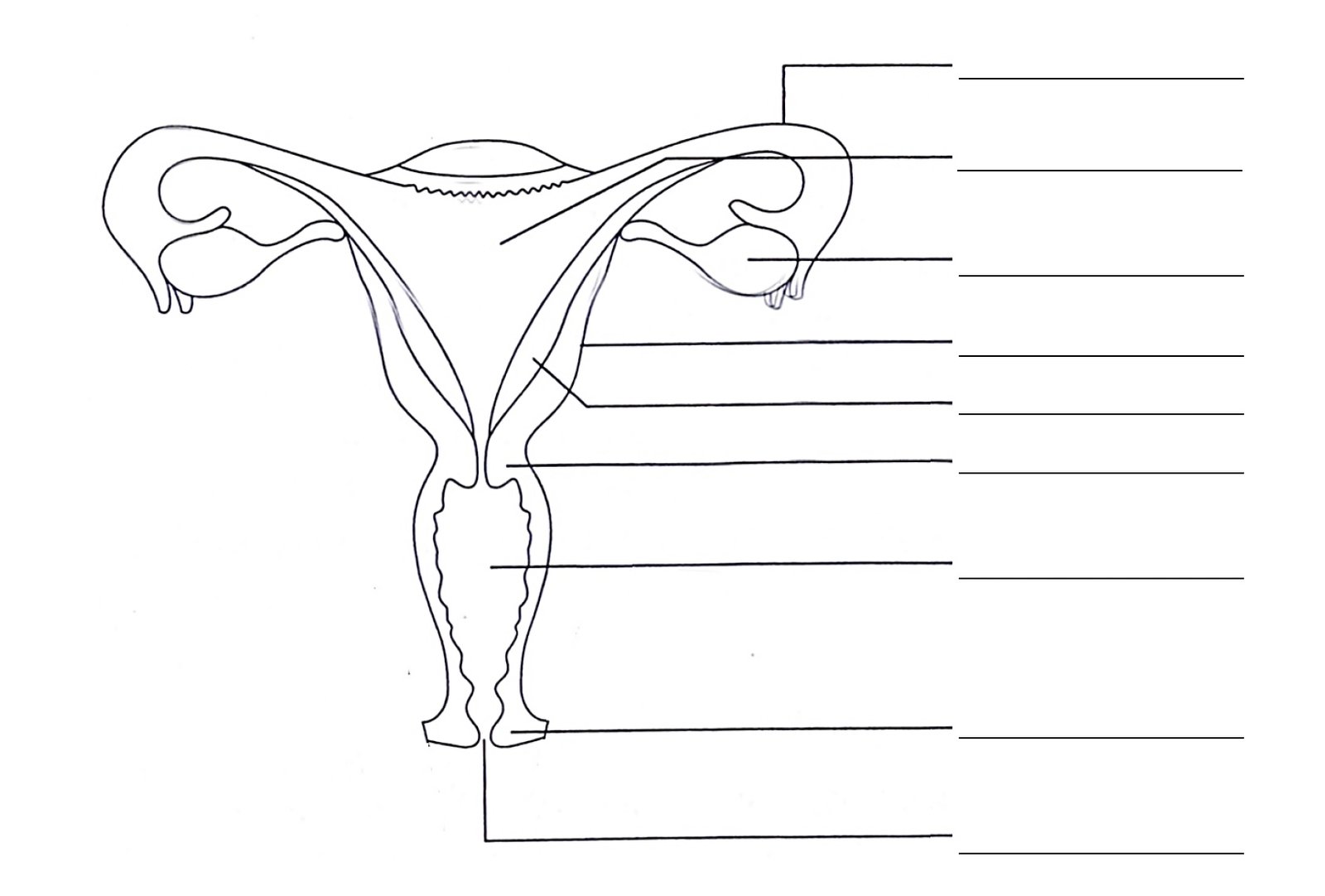On this page, we will discuss the part that unwinds to become Chromosomes.
What are Chromosomes?
Chromosomes are bundles of tightly coiled DNA located within the nucleus of almost every cell in our body. Humans have 23 pairs of chromosomes.
DNA replication process
Replication is the process by which a double-stranded DNA molecule is copied to produce two identical DNA molecules. DNA replication is one of the most basic processes that occur within a cell. … To accomplish this, each strand of existing DNA acts as a template for replication.
DNA replication relies on two cellular enzymes:
- Helicase – this unwinds a small portion of the DNA double helix to make it single-stranded. This process is often described as being analogous to undoing a zip; once the DNA is single-stranded, the nucleotide bases of the parent strand are exposed;
- DNA polymerase – this fills the exposed gaps using the complementary base pairing rules. The result is two new daughter strands of DNA that are genetically identical to the parent strand.
DNA replication is often referred to as ‘semi-conservative’, as each daughter DNA double helix will have one strand derived from the original parent helix and one brand-new strand constructed from the nucleotides that have been slotted into their complementary base pairing positions by DNA polymerase.
Which part of the cell unwinds to become chromosomes?
Which part of the cell unwinds to become a chromosomes? Answers: Chromatin Network. Let’s go into details below:
A chromatin network refers to the organization of genetic material (DNA) within the nucleus of a cell. Chromatin is the complex of DNA, RNA, and proteins that make up the chromosomes in a cell. The chromatin network is responsible for packaging and organizing the DNA, so that it can fit into the small space of the nucleus.
The primary protein component of chromatin is histone, which forms the basic unit of chromatin structure called the nucleosome. Nucleosomes consist of a histone octamer (2 copies each of histones H2A, H2B, H3, and H4) around which 147 base pairs of DNA are wrapped. The nucleosomes are then arranged in a repeating pattern along the DNA, forming a “beads on a string” structure.
The chromatin network can be further organized into higher-order structures, such as loops, domains and compartments, which are defined by specific interactions between different regions of the chromatin. These higher-order structures play a key role in regulating gene expression and maintaining the integrity of the genome.
There are two main types of chromatin network, Euchromatin and Heterochromatin. Euchromatin is the more open, active form of chromatin, which is associated with areas of the genome that are actively transcribed and expressed. Heterochromatin, on the other hand, is the more condensed, inactive form of chromatin, which is found in areas of the genome that are not actively transcribed.
In summary, a chromatin network is the complex organization of DNA, RNA and proteins within the cell’s nucleus that plays a crucial role in regulating gene expression, maintaining genome integrity and packing DNA into the small space of the nucleus.
How do Chromosomes form?
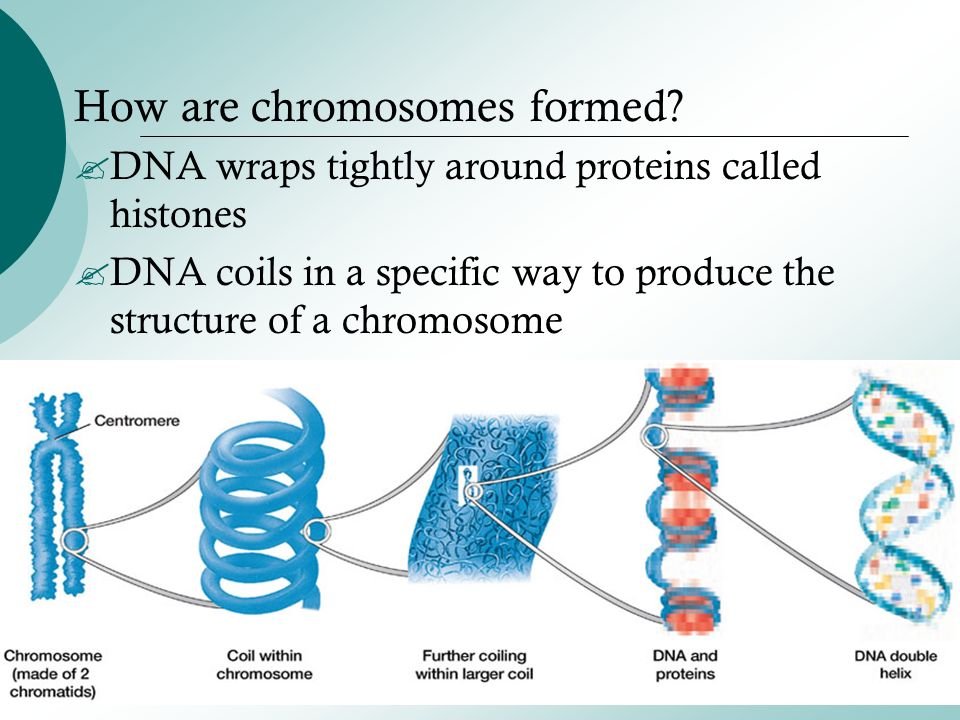

View all #Life-Sciences-Grade12 Study Resources
We have compiled great resources for Life Sciences Grade 12 students in one place. Find all Question Papers, Notes, Previous Tests, Annual Teaching Plans, and CAPS Documents.
Sources
https://medlineplus.gov/genetics/understanding/basics/chromosome/


